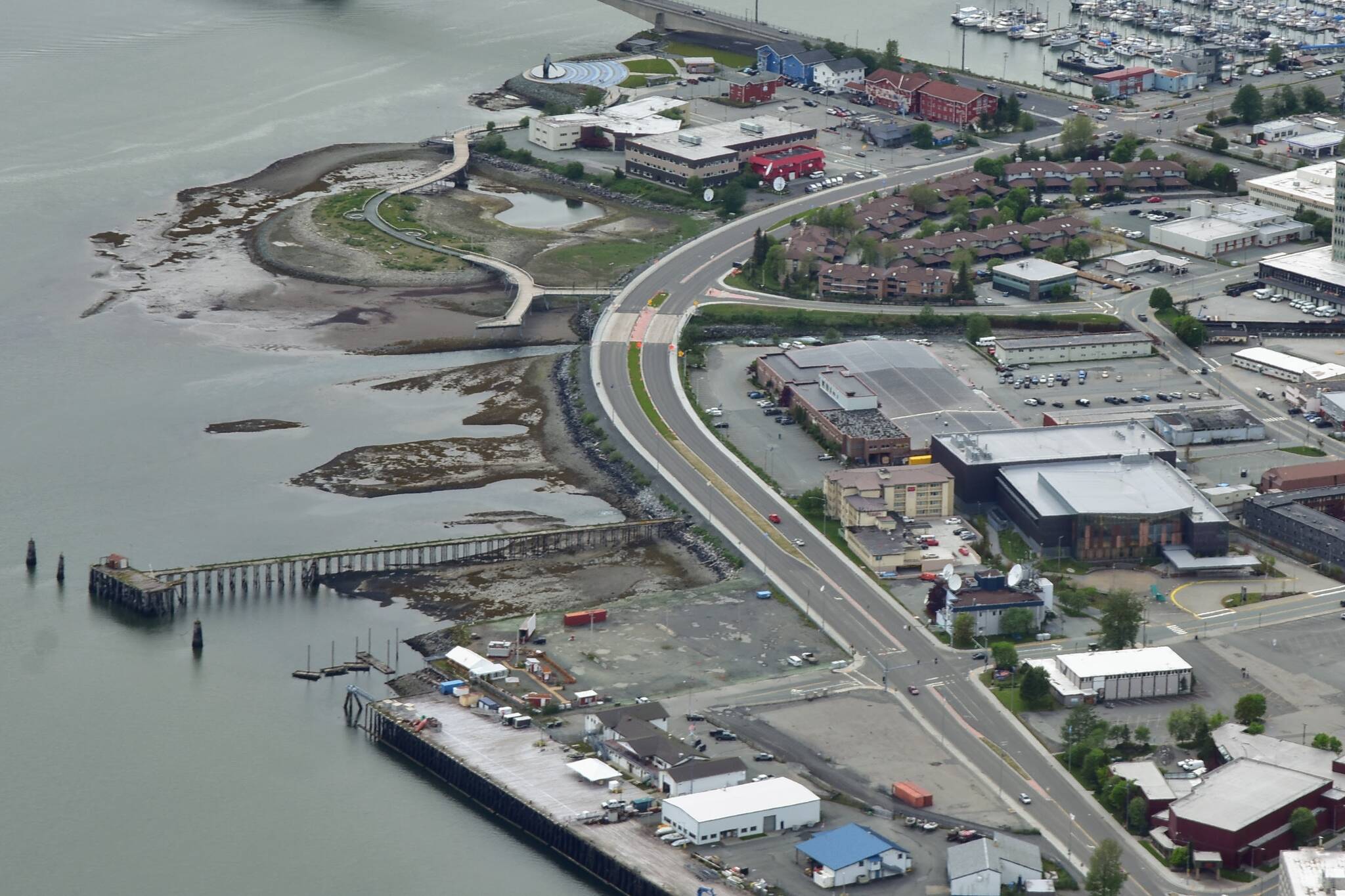By Win Gruening
It is axiomatic in residential real estate sales that there are three important considerations in determining the value of a property in any community. Location, location, location. A similar maxim applies to the economy and population.
It is population that drives the number of employers and employees, renters and homebuyers, producers and consumers — even the number of school age children. This, in turn, determines the availability and quality of products and services (including schools), the discretionary income of residents, the number of businesses and individuals paying taxes, and ultimately, the financial health of the community.
Of course, this is somewhat of an over-simplification. A community’s demographics can also affect the economy. What is the ratio of dependent-aged residents to working-age residents in our population? And does our economy have sufficient and diverse private sector businesses to produce goods and services that generate positive economic growth?
Government doesn’t “produce” anything. Without the taxes on the profits generated by our private sector, government could not support itself or provide services to its citizens.
Government’s role in the economy should largely be relegated to facilitating the formation of new private enterprises, reducing barriers to job creation and promoting fiscal policies that keep our community affordable.
This is pretty much Economics 101, but, for some reason, our local assembly cannot grasp the implications of ignoring it.
I recently wrote about the troubling trend in Juneau and some other Alaska communities that are facing continuing declines in population. Historical population estimates from the Alaska Department of Labor indicate that Juneau has slowly been losing population since 2015.
There seems to be little effort towards reversing this trajectory.
For example, consider the status of two very large projects, seemingly in limbo, that would attract millions of dollars in private investment in Juneau’s recovering visitor industry. I am referring to the long-planned Archipelago Project and, more recently, the Norwegian Cruise Line Dock project.
The Archipelago Project would have converted an unimproved parking lot on South Franklin into 20,000 square feet of prime commercial space — 75% of which would be designated ground floor retail for a variety of tenants as well as kiosks for local food vendors and other small businesses catering to visitors. The project addressed concerns about managing increasing numbers of cruise passengers as well as allowed a major private investment on the Juneau downtown waterfront.
The City and Borough of Juneau spent about $1 million over several years in decking over the adjoining city property in conjunction with the project. Archipelago was also eyed by CBJ Manager Rorie Watt and his staff as a site for a new city museum.
Unfortunately, the Archipelago project, as designed, has now been shelved after it stalled amid negotiations over required parking spaces. Now, who knows when the property will be developed or whether a future project will be equally as advantageous to the city.
Norwegian Cruise Line has proposed building an additional cruise dock in Juneau. As envisioned, the project would be a world-class venue, incorporating the long-planned Alaska Ocean Center, a connecting seawalk and local retail and cultural activities. Below grade parking for buses will provide for public green space and waterfront access.
The project would reduce congestion by diverting passengers from the downtown core by reducing bus traffic through the center of town.
NCL has been slowly navigating its way through a maze of government red tape, reviews and requirements. Finally, the Assembly authorized City Manager Rorie Watt to begin negotiations over access to city tidelands, allowing NCL to apply for permits which will trigger a lengthy public process. Several assembly members expressed reservations, some believing the process was moving too fast. NCL has already spent in excess of $20 million in land purchase and planning and design since 2019.
Given Juneau’s negative population trends, it’s hard to understand the apparent resistance to these projects, and others, like a road connecting Juneau to Haines and Skagway. Each would attract new residents and jobs, and outside investment, eventually resulting in a substantial increase in CBJ tax revenues and beneficial economic growth.
Where is the urgency to get our economy back on track?
• After retiring as the senior vice president in charge of business banking for Key Bank in Alaska, Win Gruening became a regular Opinion Page columnist for the Juneau Empire. He was born and raised in Juneau and graduated from the U.S. Air Force Academy in 1970. He is involved in various local and statewide organizations and currently serves on the board of the Alaska Policy Forum. Columns, My Turns and Letters to the Editor represent the view of the author, not the view of the Juneau Empire. Have something to say? Here’s how to submit a My Turn or letter.

